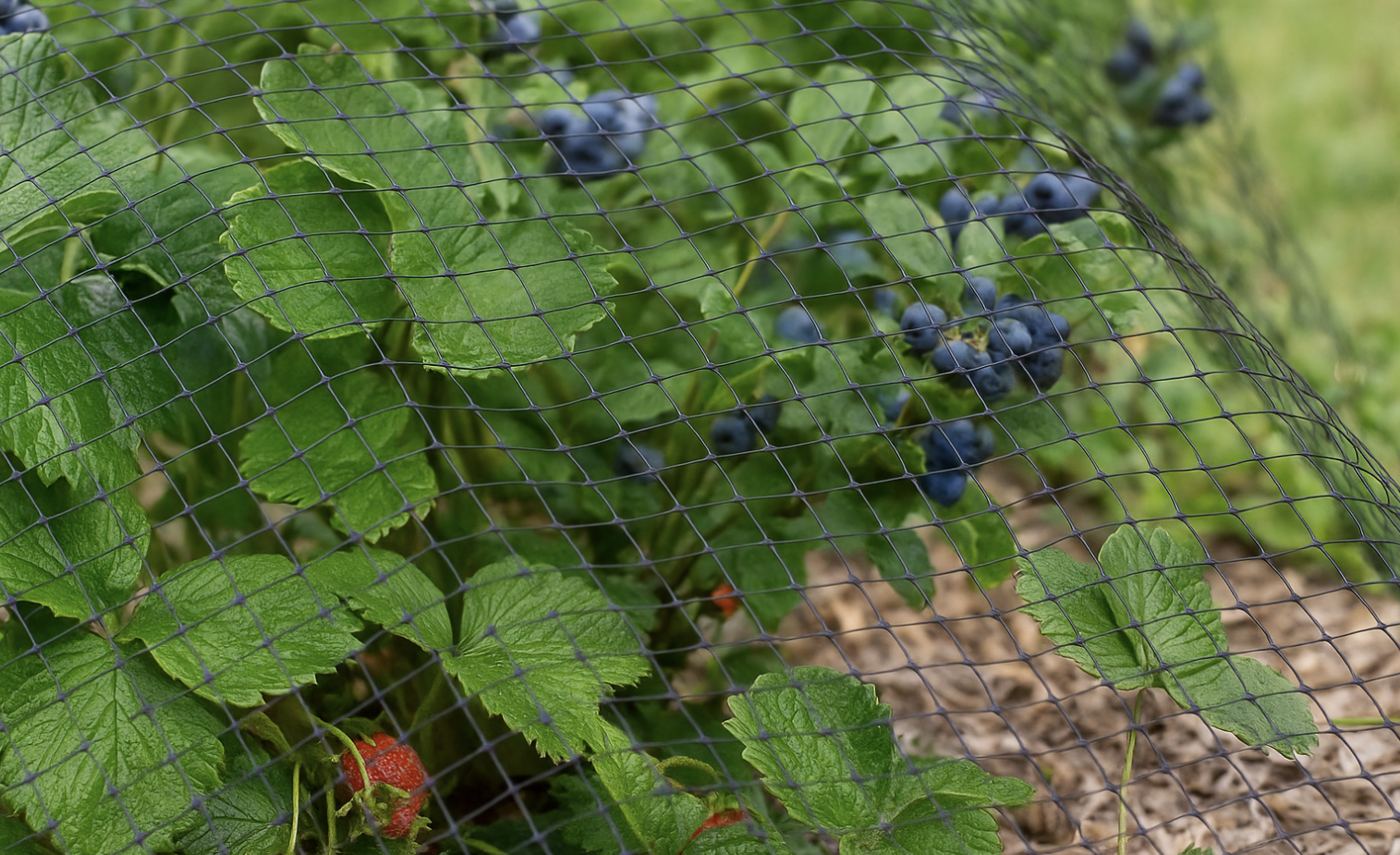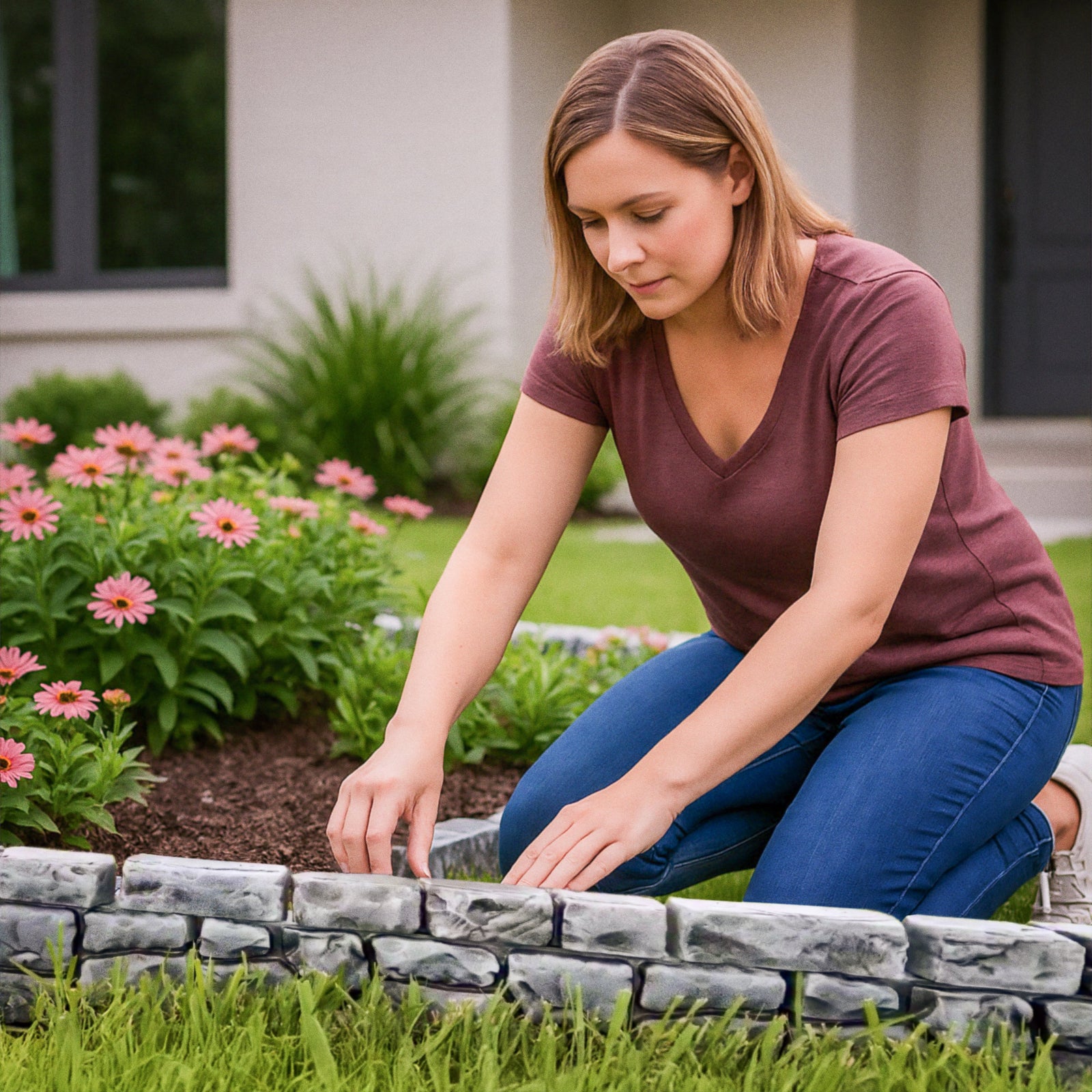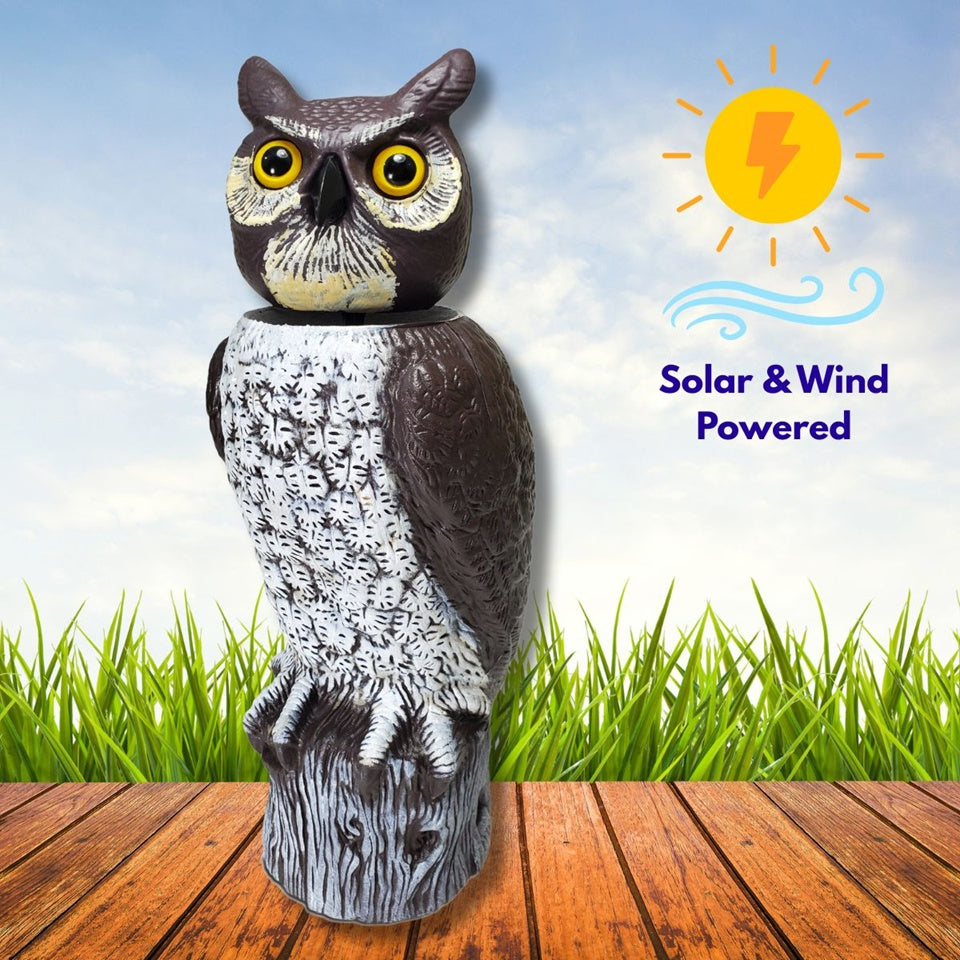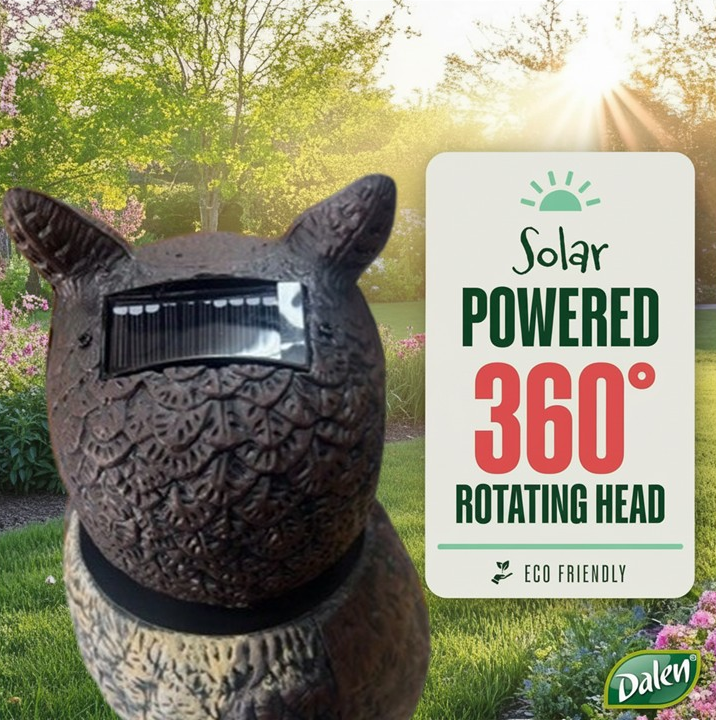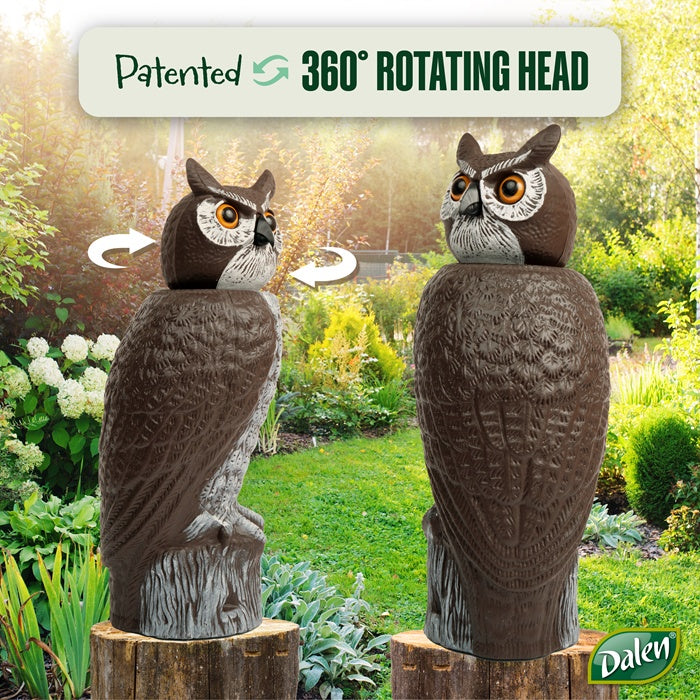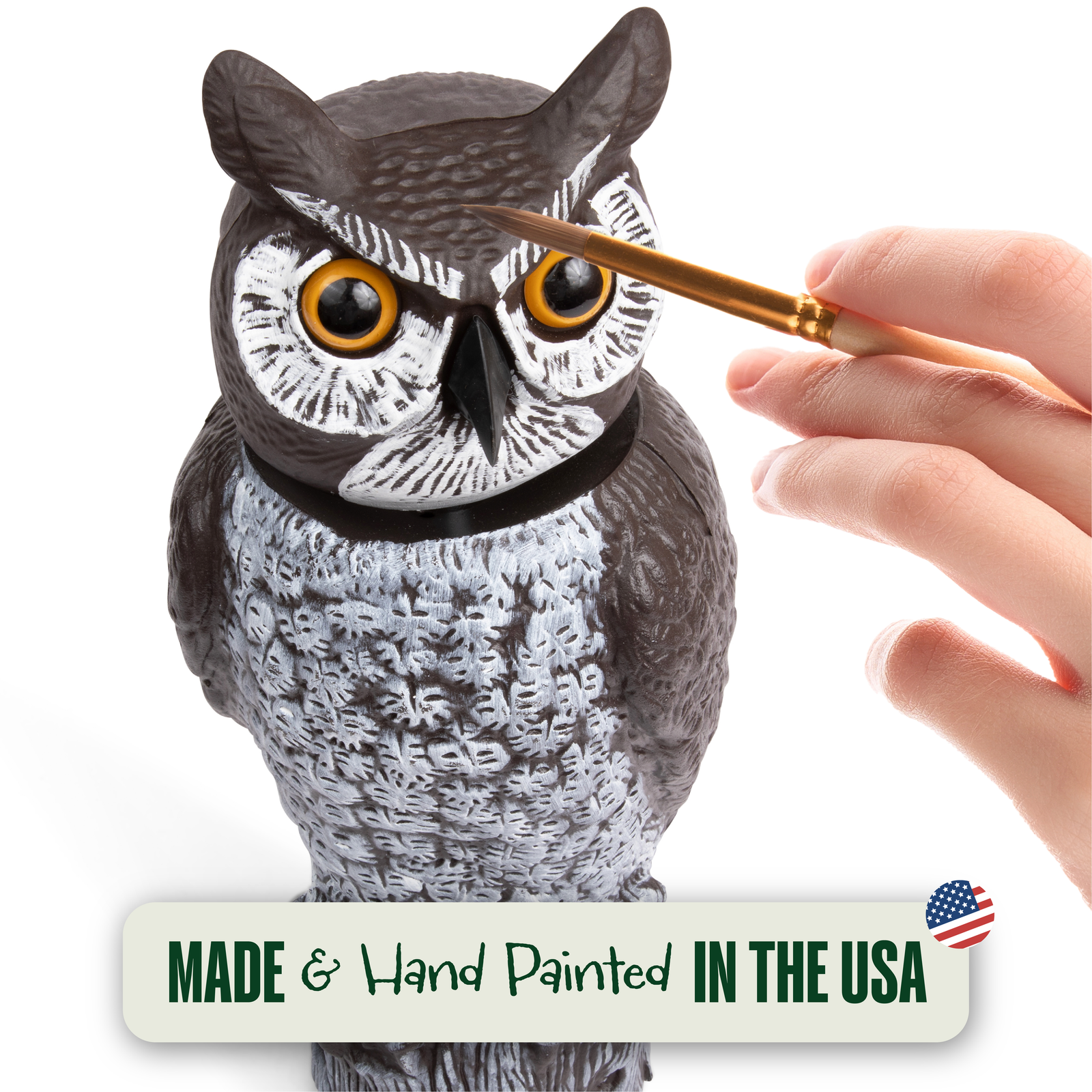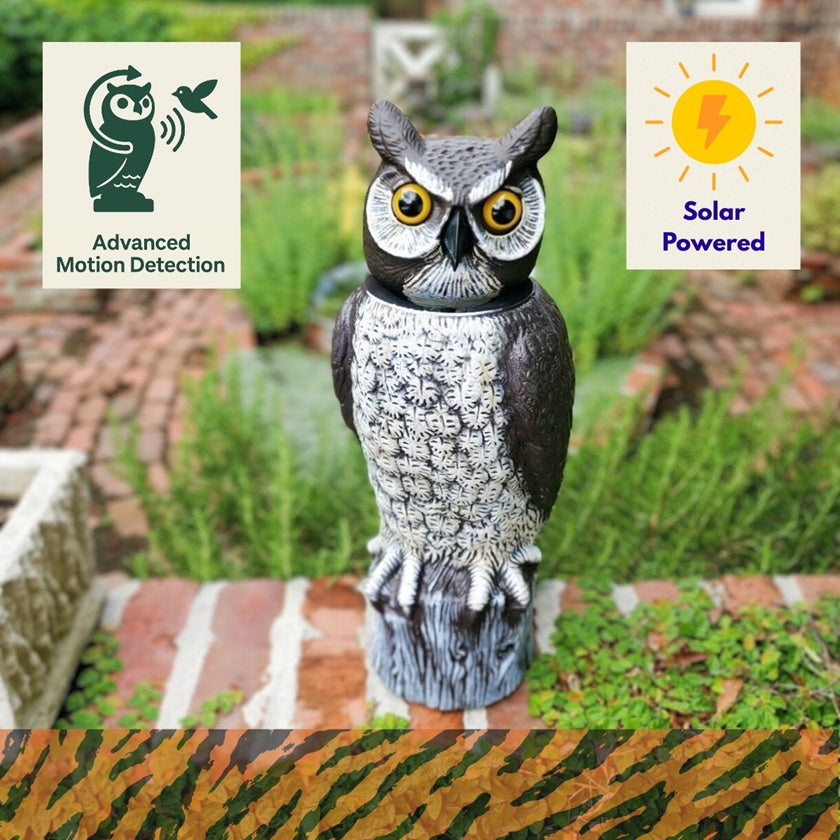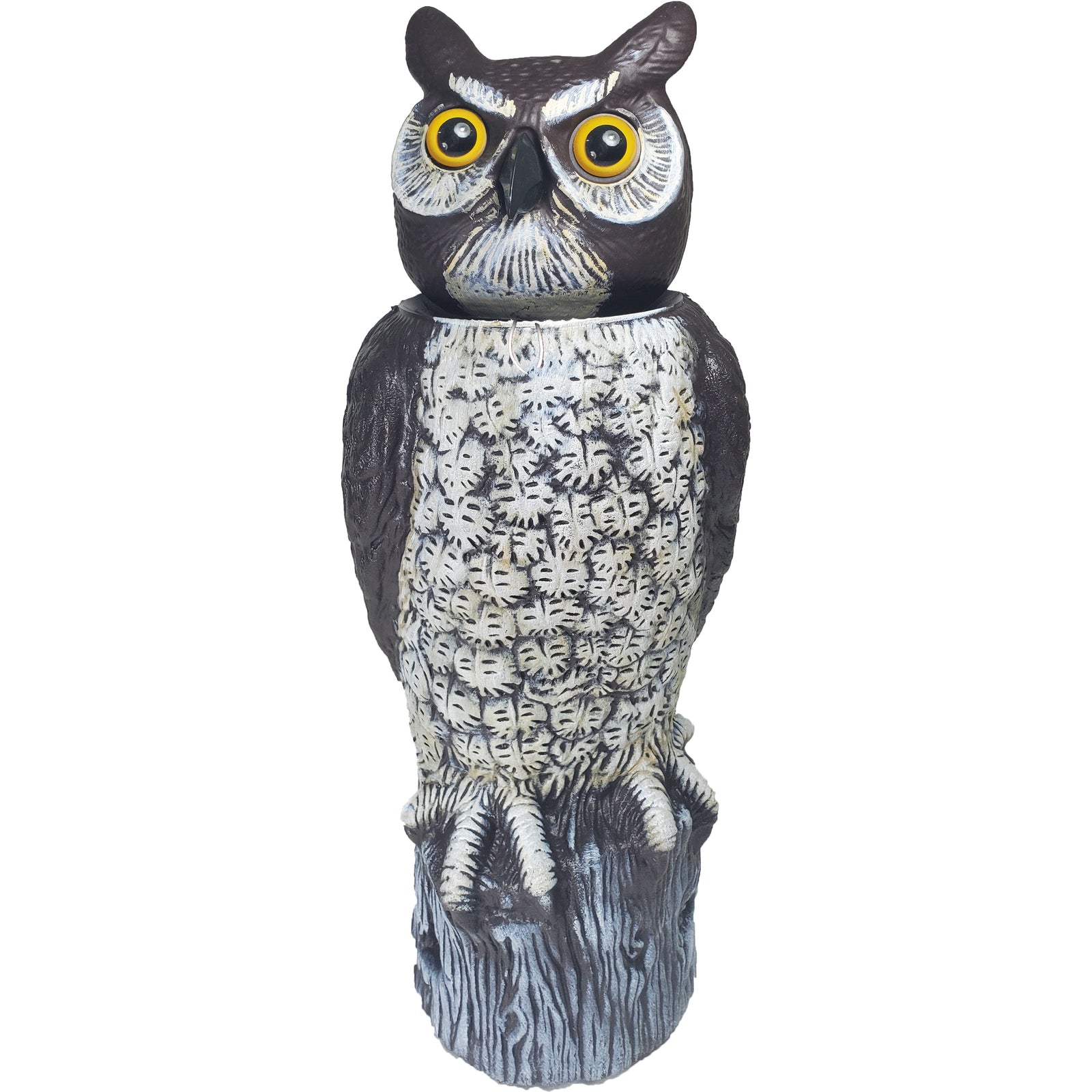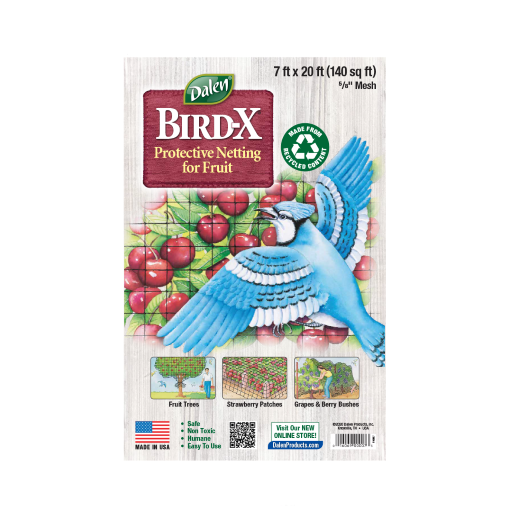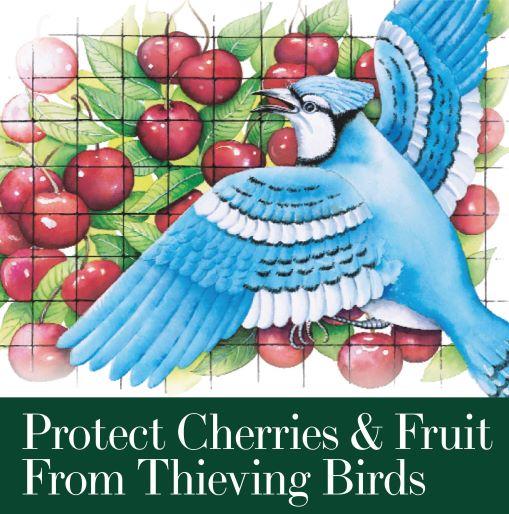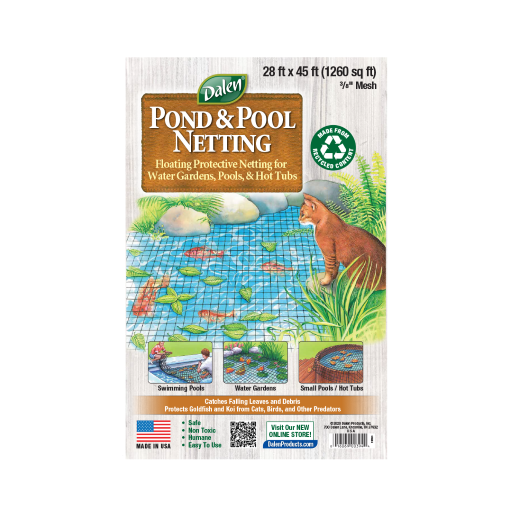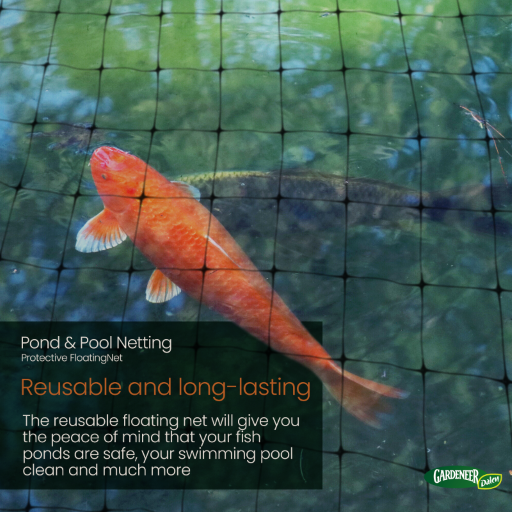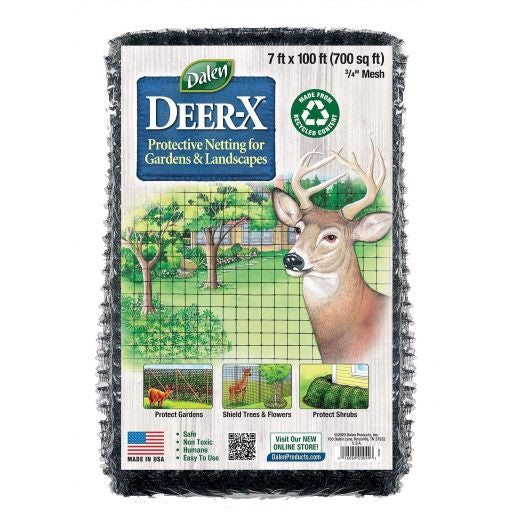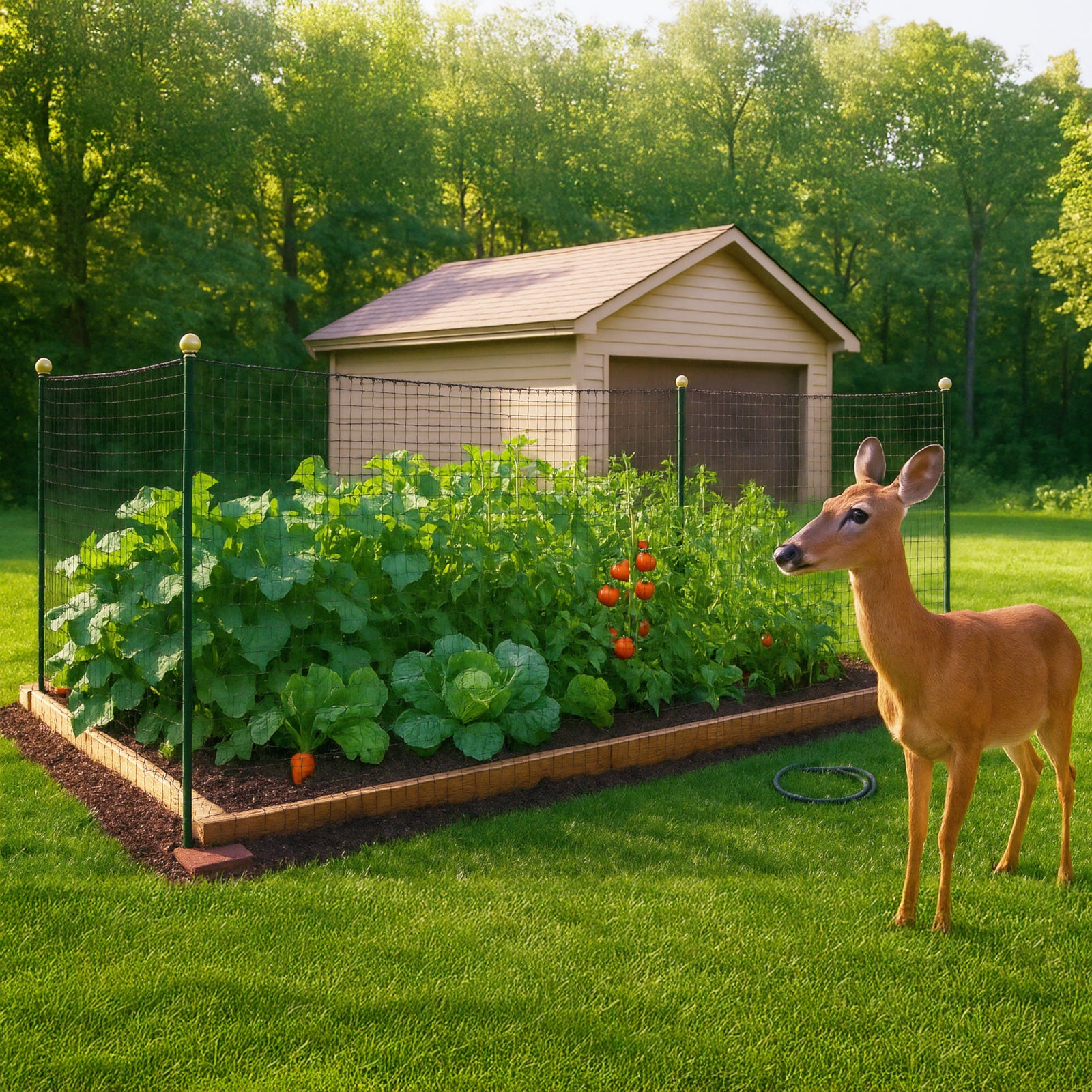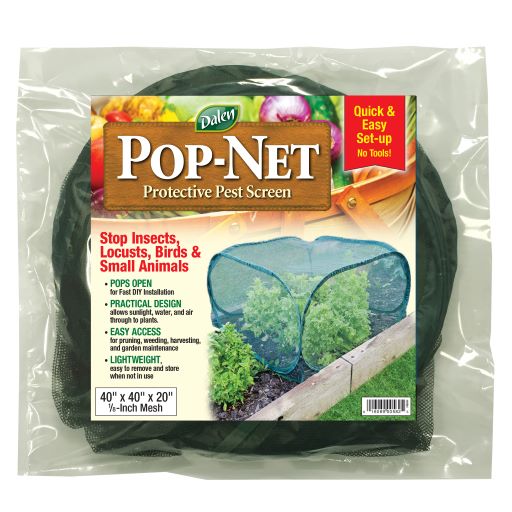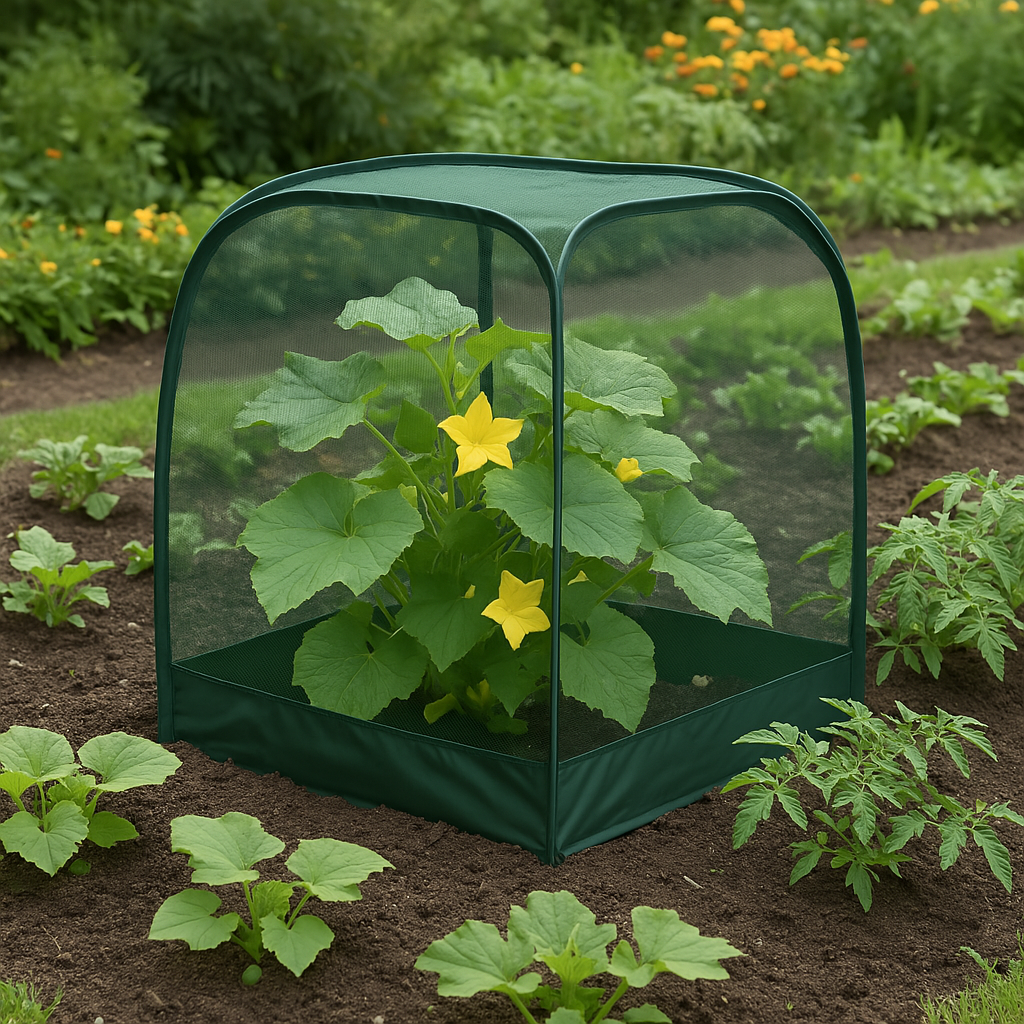Mosquito Breeding, Mosquito Larva, and the Skeet-o-Trap
Mosquitoes are more than a nuisance at your next outdoor event – they’re the world’s deadliest animal. While many of us might have intrinsic fears of snakes, sharks, wolves and other major predators, mosquitoes outdo all of the above combined in human deaths per year. That’s because mosquitoes are vectors for detrimental diseases, including malaria, West Nile virus and yellow fever. If you think that mosquito-borne diseases have a low impact on the U.S., think again – many will recall the Zika scare of just a few years ago.
Luckily, it’s very simple to help cut down on mosquito populations. The more people do their part in just their own backyard, the better the effects will be – for their own space, and for the whole community. But first, it helps to know exactly how mosquitoes live, and what they want.
First, you should know that only half the mosquito population will bite you. The males are harmless to humans, while the females are actively looking for warm bodies to bite. Why? Female mosquitoes need the protein in animal blood to form their eggs. If, on a rare chance, there are no animals around to bite, the female mosquito will use the proteins from her own wing muscles for her eggs. But mostly, female mosquitoes will seek out any available warm-blooded animals to feed on.
Mosquitoes are attracted to a variety of factors that their hosts emit. Heat, carbon dioxide, certain colors, and odor compounds on the surface of an individual’s skin are all ways that mosquitoes find their next bite. This means that the feeling you get, that mosquitoes prefer some people and not others – it’s absolutely true.
So after the mosquito locates you and makes a nice meal, what next? Female mosquitoes need stagnant water to lay their eggs in. For some of the most aggressive mosquitoes, Tiger mosquitoes (Aedes Aegypti), even a bottle cap filled with rainwater will be sufficient. The female mosquito will lay her eggs on the surface of this stagnant water, which is the start of the mosquito’s life cycle. If conditions are right, the eggs will hatch in a few days. For some mosquito species, even if the eggs dry out, they don’t die, they just go dormant – allowing them to hatch months later if they get sufficient water again.
After the eggs hatch, the next stage of the mosquito’s life is as a larva. The larva look a bit like tiny caterpillars wriggling through the water. From the larva the mosquito next transforms into a pupa, and after just a few days the pupa will molt into an adult mosquito, ready to bite and start the cycle all over again.
While mosquitoes can lay their eggs in any stagnant water, they do have a few preferred features. They like dark colors and shady, humid areas. They’re drawn to water that is stagnant and contains plant matter. You can take steps to protect yourself and cut down on the mosquito population by inspecting your yard and garden (and even inside your home!) for areas like these. The saucers of flowerpots, buckets, upturned sandbox lids, bird baths, and other items and areas that can fill with water are all potential mosquito breeding grounds. Change out birdbath water every few days and consider using a product like Mosquito Dunks, which are safe for birds, to prevent mosquito larvae from developing into adult mosquitoes. Don’t leave out buckets or other containers, and empty any water that collects and stagnates in them.
Removing mosquito breeding places is crucial, but just the first step in the equation. To further reduce the mosquito population, try placing the Skeet-O-Trap in your yard or garden. The Skeet-O-Trap is a chemical-free, low maintenance natural trap that takes advantage of mosquitoes’ tendency to look for dark places and stagnant water to lay their eggs. To use, fill the trap with water and organic material (like grass clippings, a few pieces of dog food, etc.), float the screen on the surface of the water, and replace the top of the trap. Then place it in a shady area of your lawn or garden, preferably away from areas that people or pets frequent. The mosquitoes will lay their eggs on top of the floating screen in the trap. Once the eggs hatch, the larva crawl through the fine mesh wire screen to the stagnant water below, where they live and grow and develop into mosquitos. The fine wire mesh screen is big enough to let larva enter the trap, but small enough to prevent the mosquitoes that hatch from escaping – putting an end to the mosquito life cycle.
Just by eliminating places where mosquitoes lay their eggs, and using the Skeet-O-Trap, you can significantly cut down on the mosquito population – so you can focus on enjoying your time outside, and not worrying about becoming a mosquito meal.
Sources:
https://www.businessinsider.com/worlds-deadliest-animals-2016-9
https://www.cdc.gov/mosquitoes/about/what-is-a-mosquito.html
https://www.forbes.com/sites/quora/2017/06/28/how-do-mosquitoes-decide-who-to-bite/?sh=2d2ca2e44028
https://www.cdc.gov/mosquitoes/about/mosquitoes-in-the-us.html
https://phys.org/news/2015-12-mosquitoes-tuned-temperatures-warm-blooded-hosts.html

